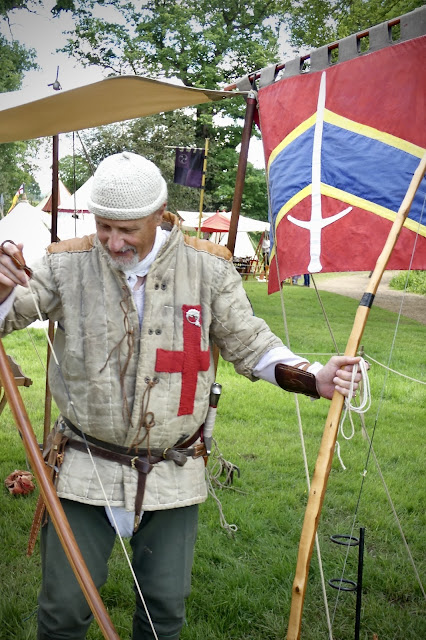"THE COMPANY of the PHOENIX"

Grex Luporum is a broad history research blog from the classical to late medieval period about military archery and armour. There is a strong emphasis on the medieval era and a special effort has been made to maintain and preserve the skills of the English warbow of the 100 years war. Our members have affiliations with different living history groups from the early to late medieval periods.
GREX LUPORUM

AZINCOURT 600
Wednesday, 29 May 2024
"THE COMPANY of the PHOENIX"
Wednesday, 8 September 2021
THE BRONZE ARCHER (Athens Archeological Museum)
THE BRONZE ARCHER (Athens Archeological Museum)
My associate war-historian and researcher Stefanos Skarmintzos sent this fantastic new addition from the Archaeological museum of Athens.
The text refers to the exhibit as : “Bronze plaque with archer depiction-probably Hercules”.
Well, I don’t want to be too cynical, but without dismissing the Herculean theme, the person(s) who modelled for the bronze plaque definitely wasn’t Hercules. Anymore than Aphrodite did for the statue of Milos.
His dress is not Scythian but he could be a Scythian. He is a light archer and he is wearing the classic hellenic tunic, possibly without armour, and a quiver round his shoulder.
He is pulling the arrow to his chest, something that is common in many pottery paintings.
What is important here is that his body leans backwards in the kneeling position, and his stand is at the stage before extending his left arm forward in order to increase the power of the bow.
The bow is of the Hellenic/Scythian type, quite small but at the same time even if he is only pulling it to his chest, it can be of some power.
Smaller bows with strong limbs are harder to pull. Now you may ask, why you make bows that you pull to your chest?
The answer is, peripheral vision and the ability to change targets very fast. This is only my understanding generated from practice with a small Scythian Grozer bow 60 lbs, and in the same fashion as the archer in the image.
Saturday, 15 September 2018
THE ARMOURY AT DOGE'S PALACE IN VENICE
All the photographs follow different categories (i.e. A, B, C,) with illustrations at the beginning of each category identifying the weapons with the exception of category X at the end.





































































